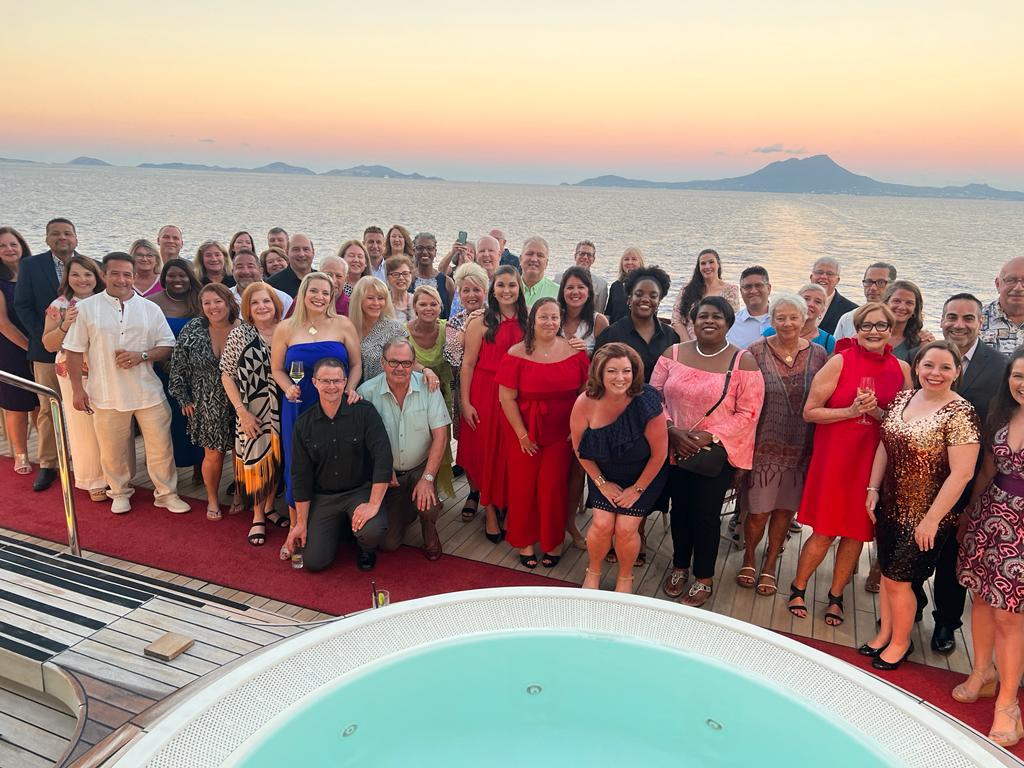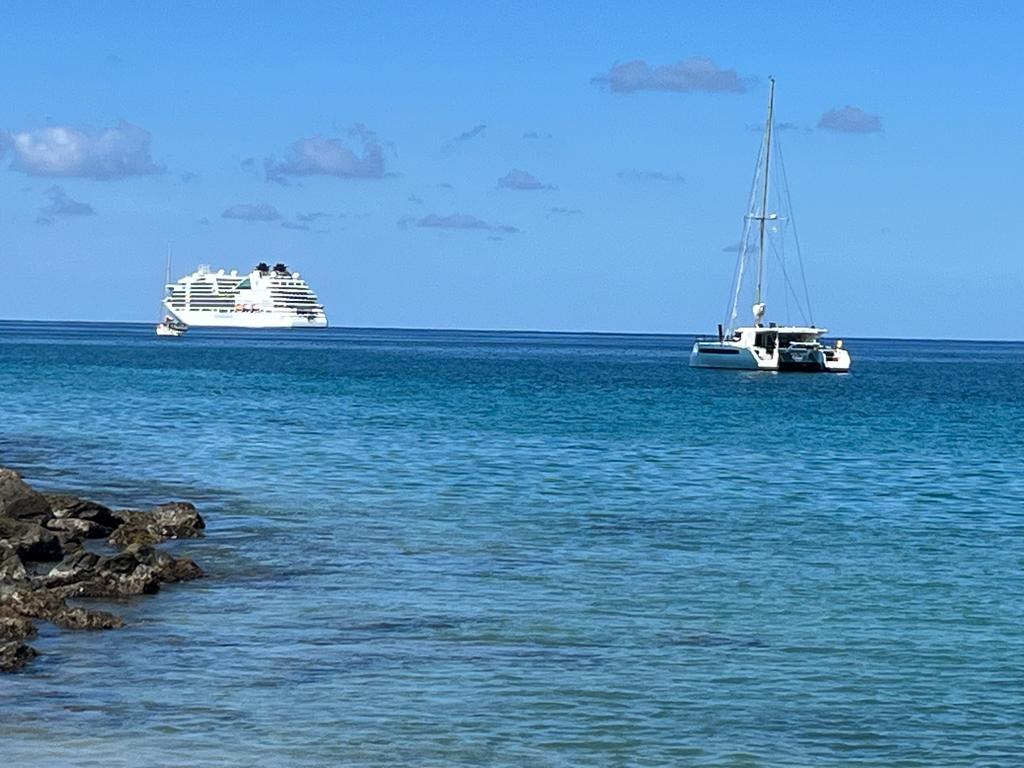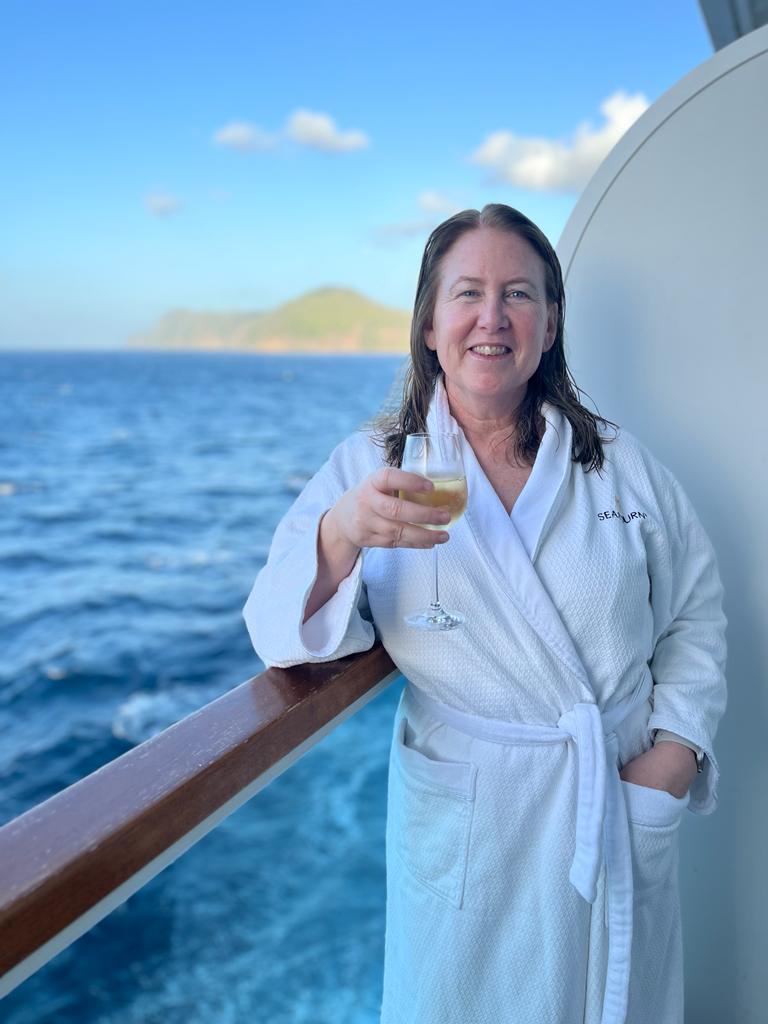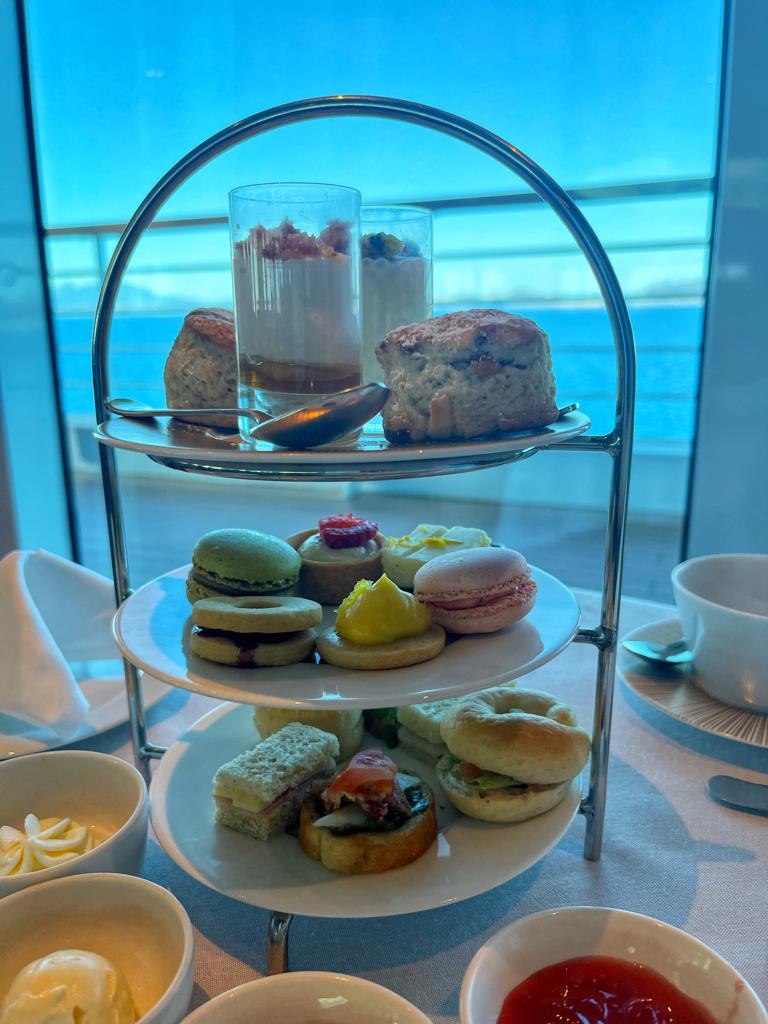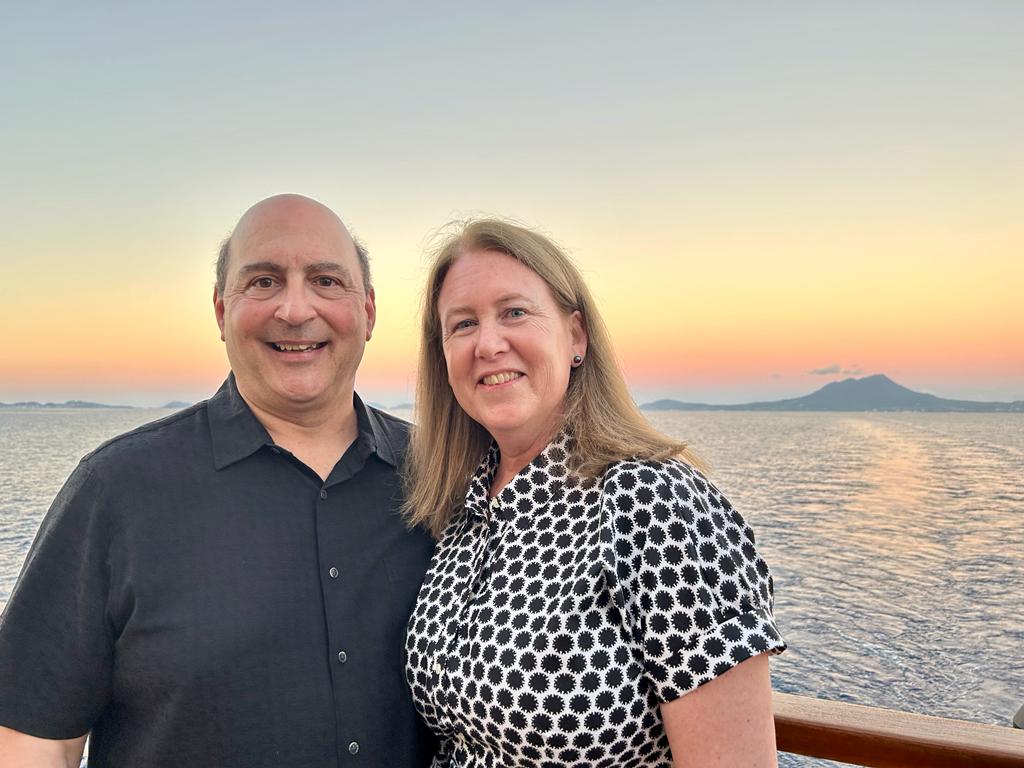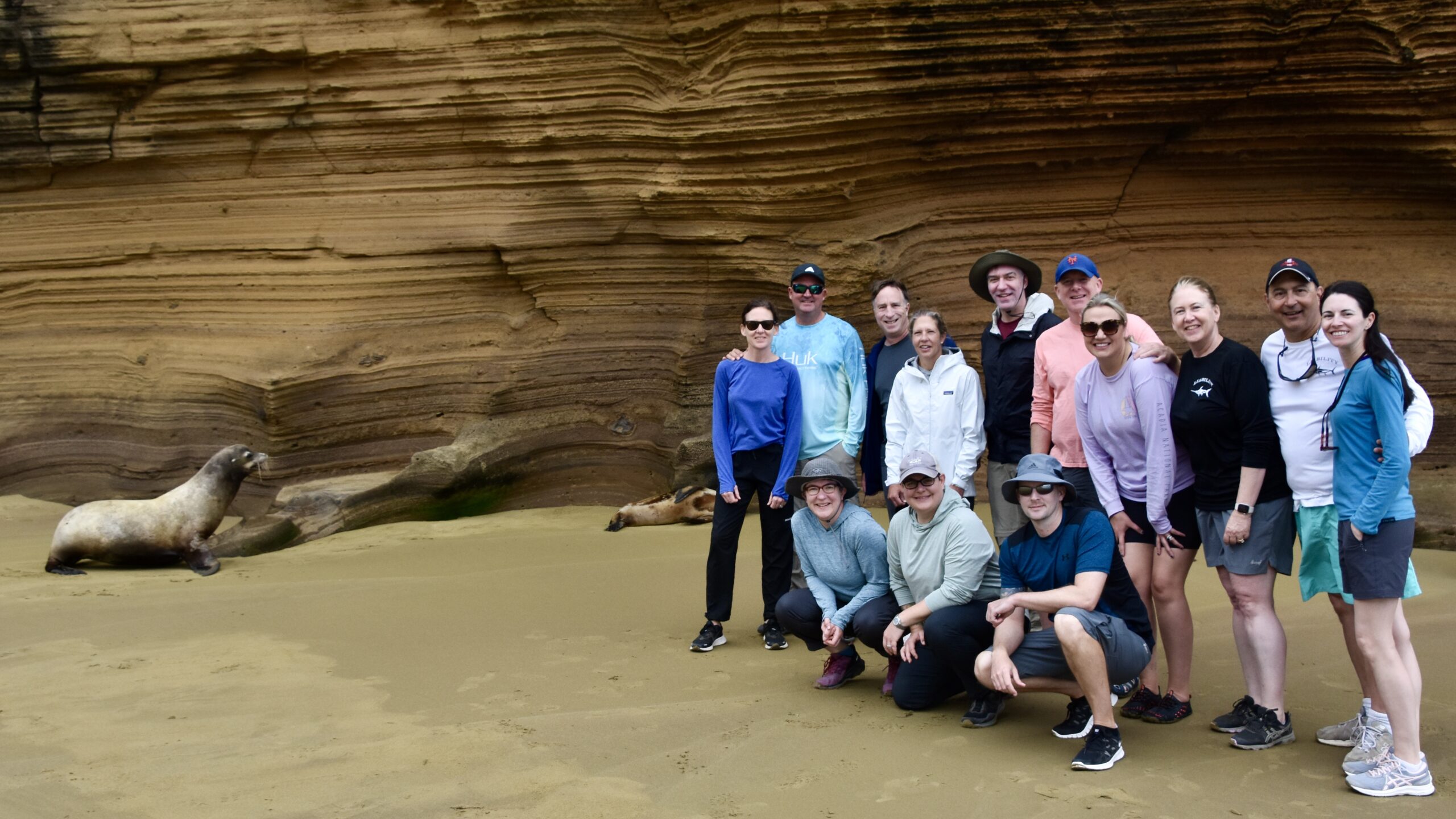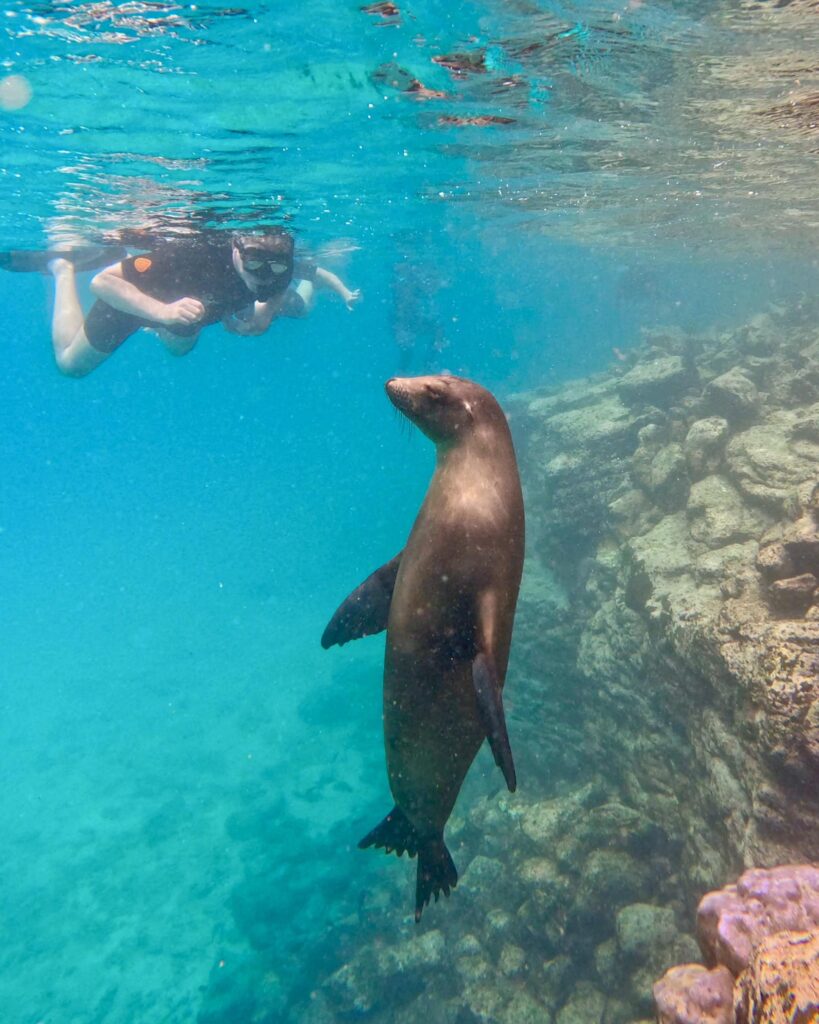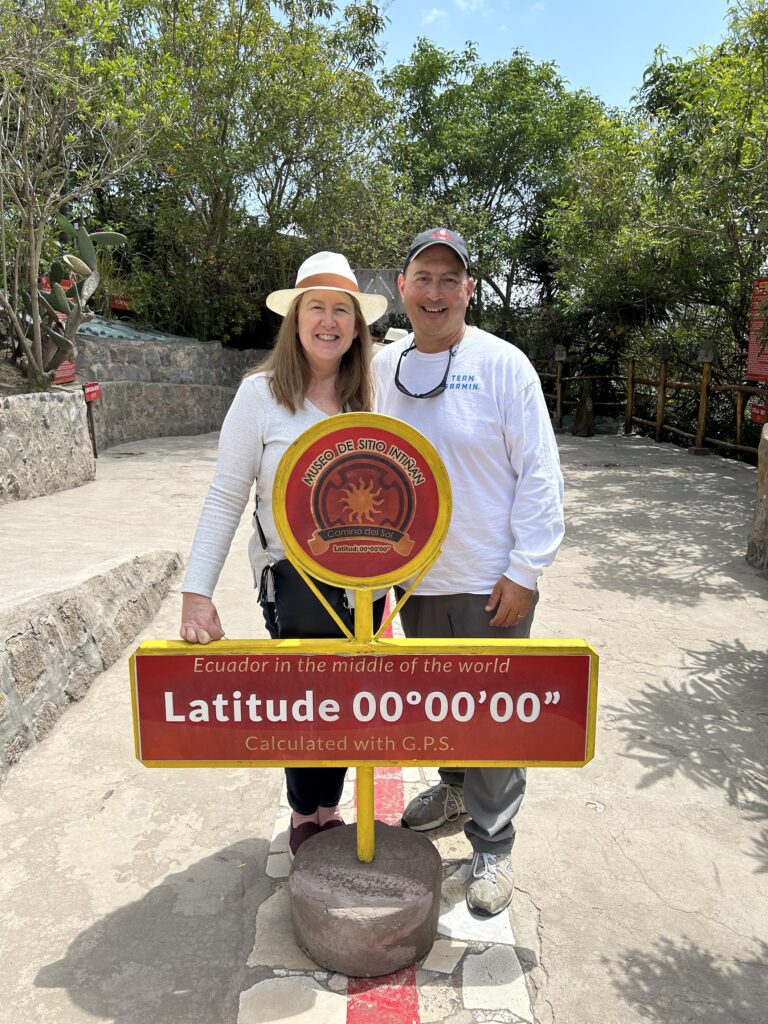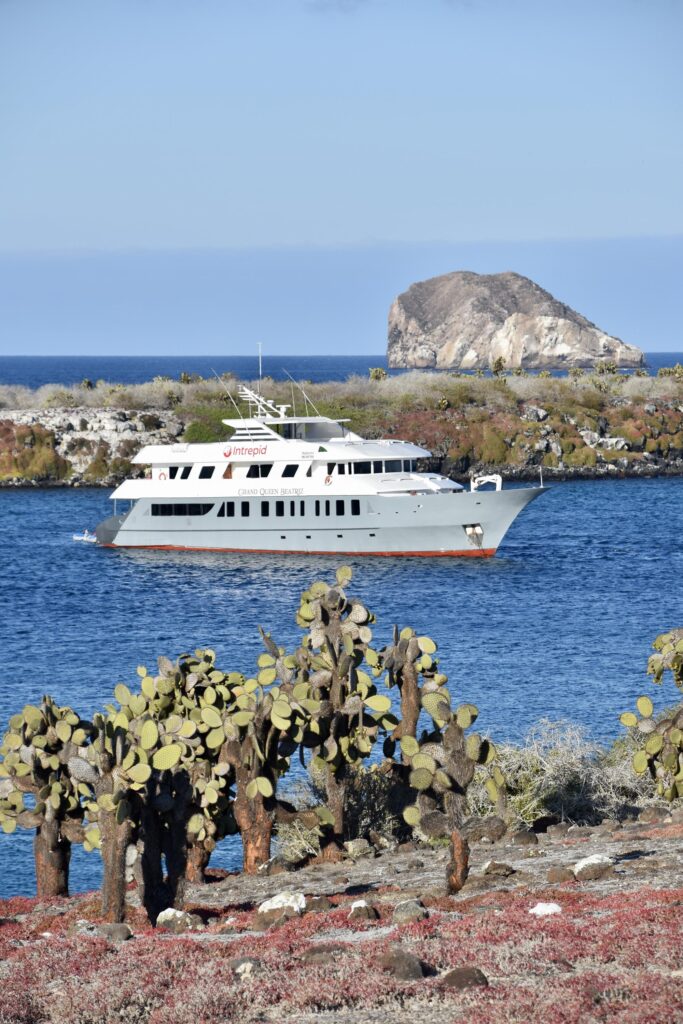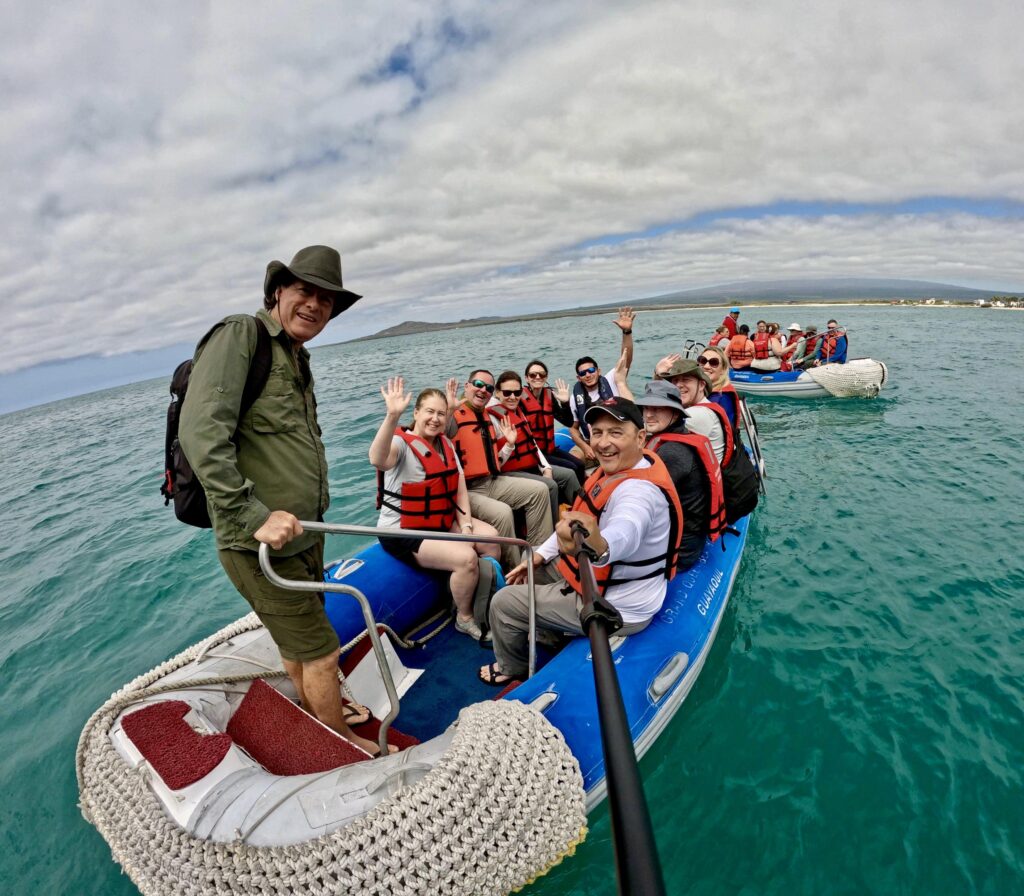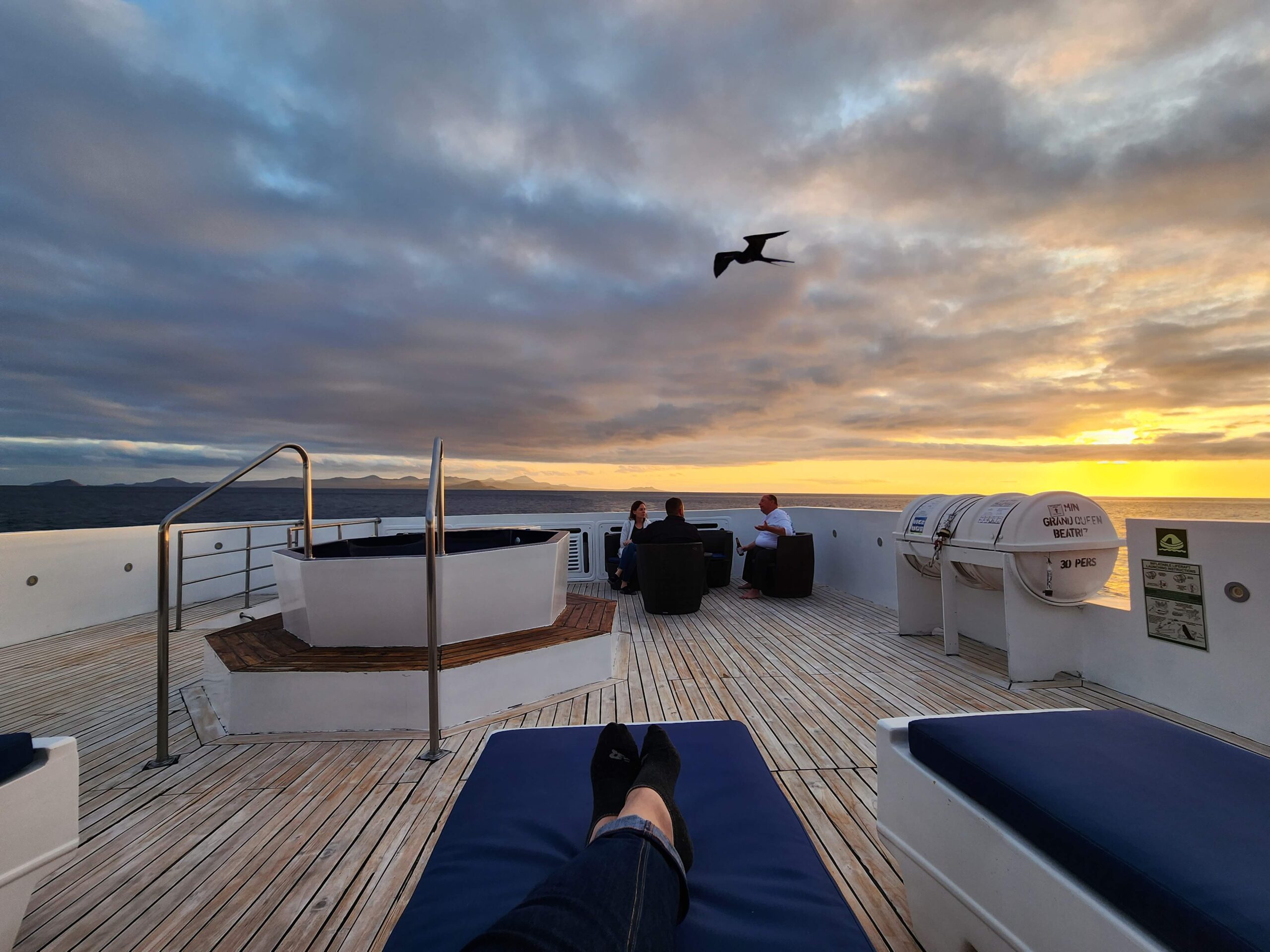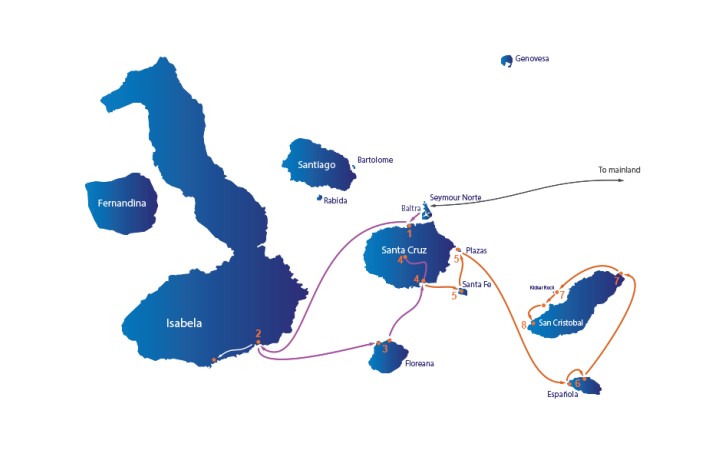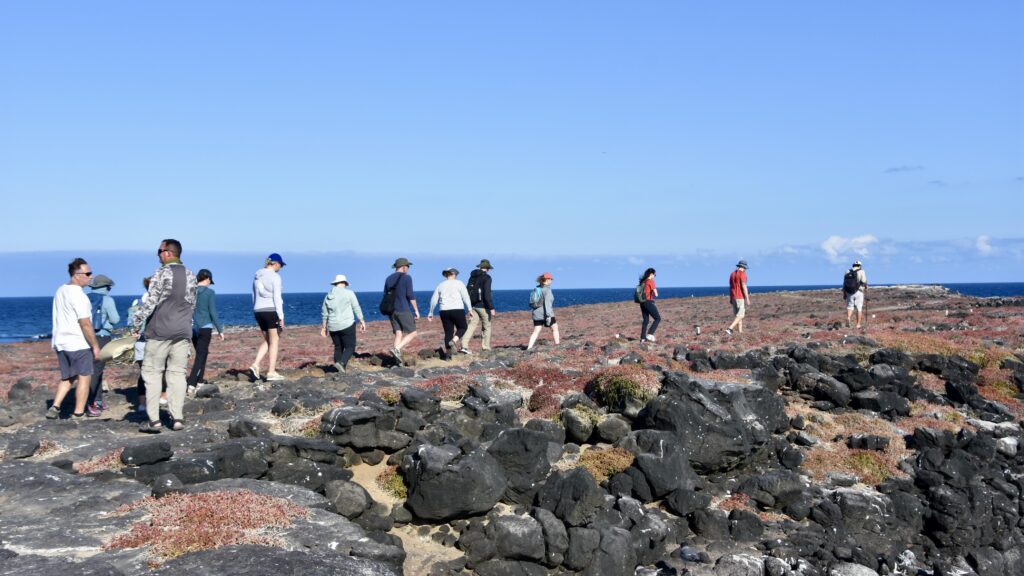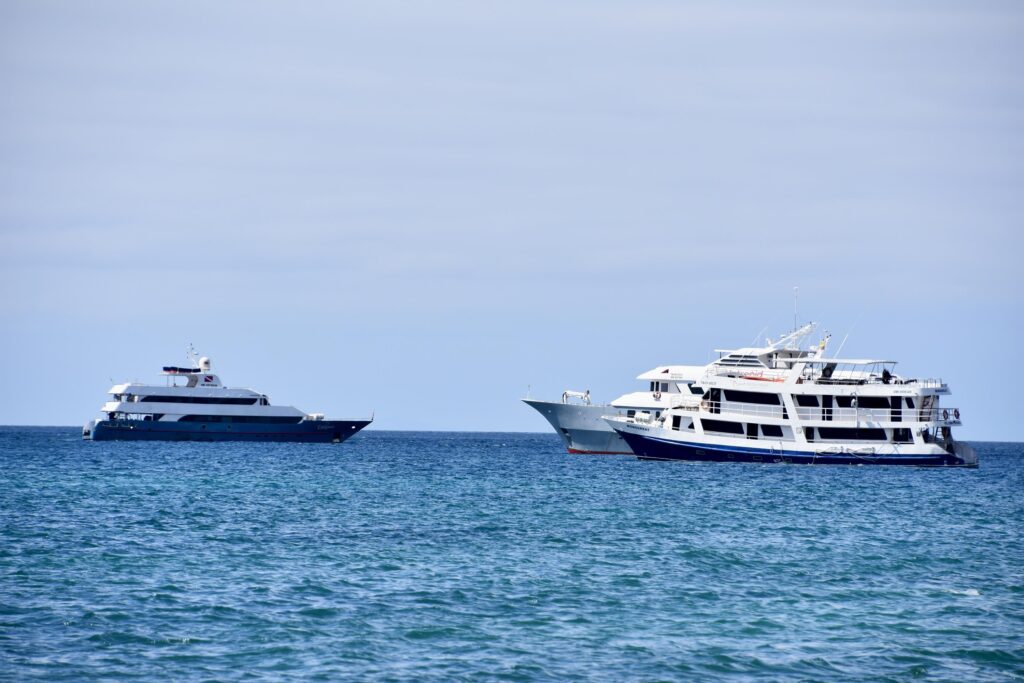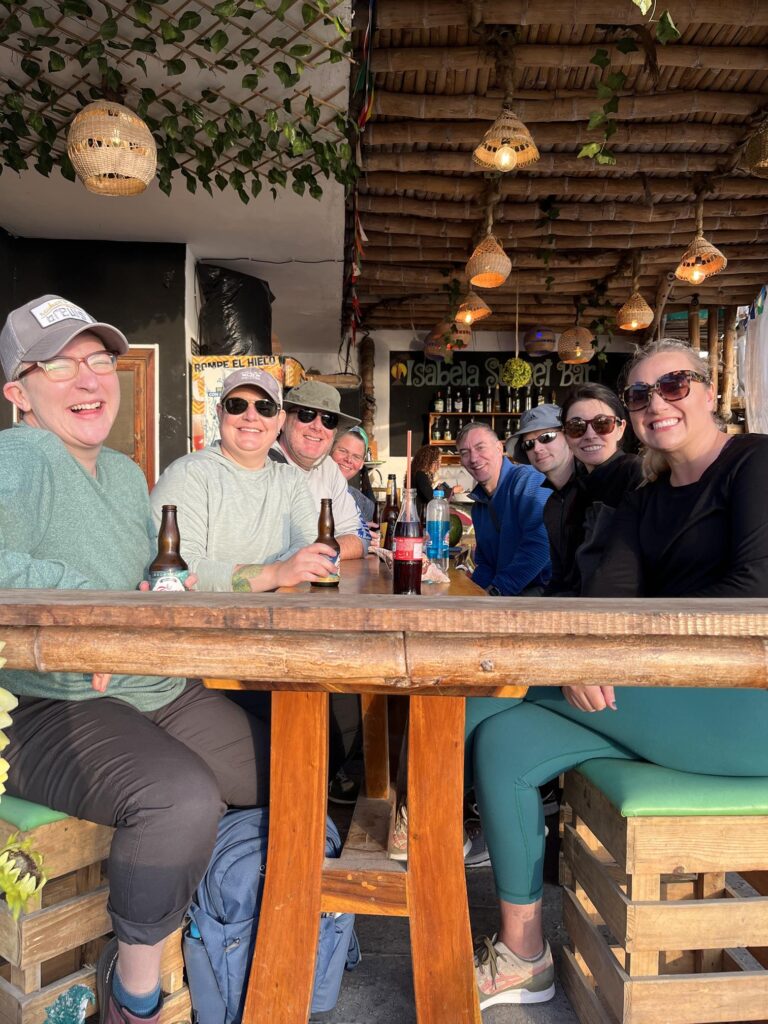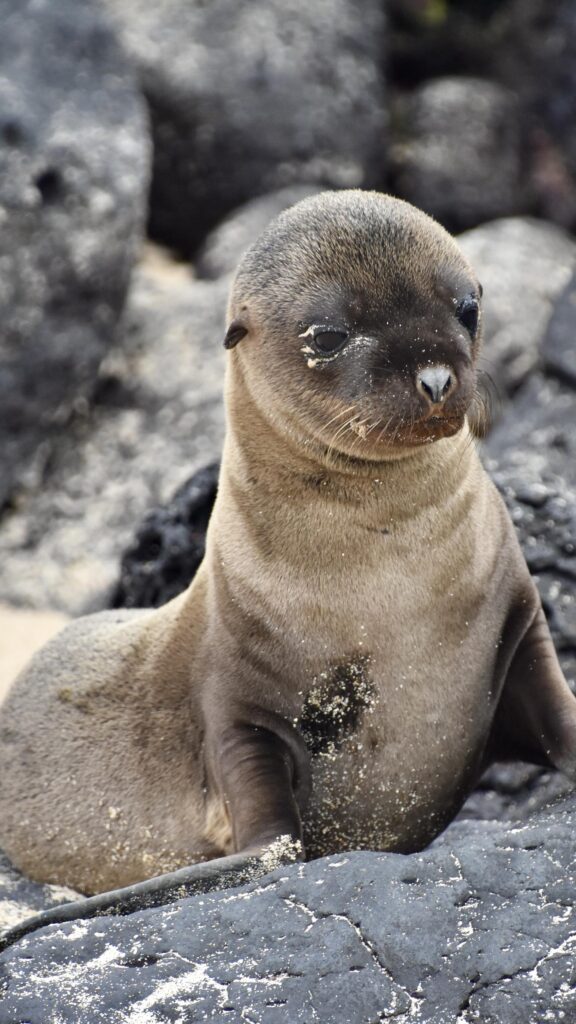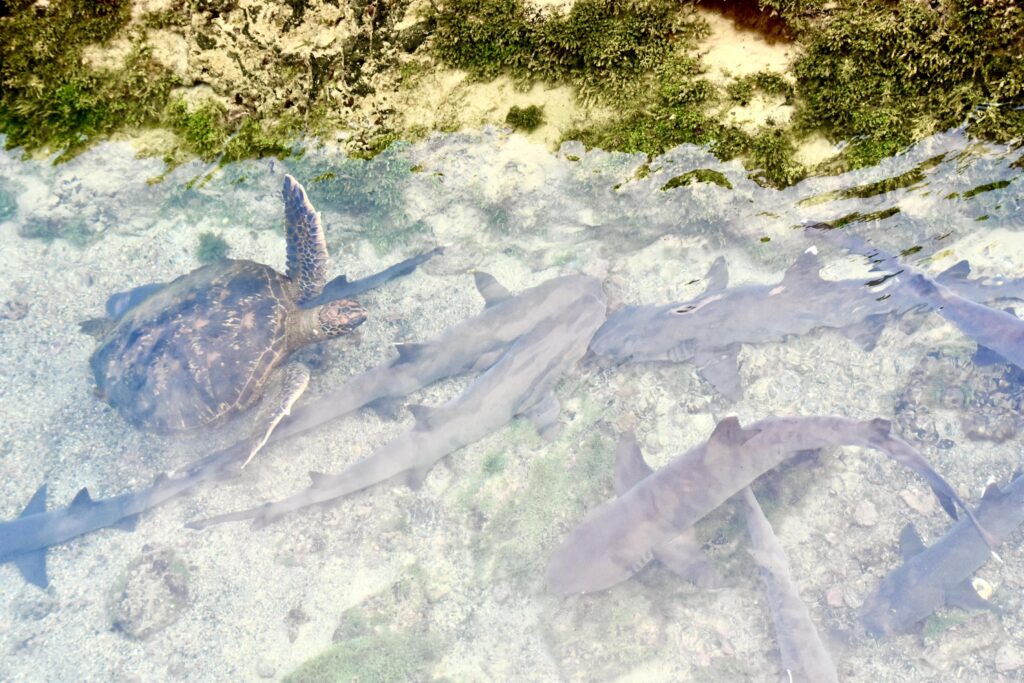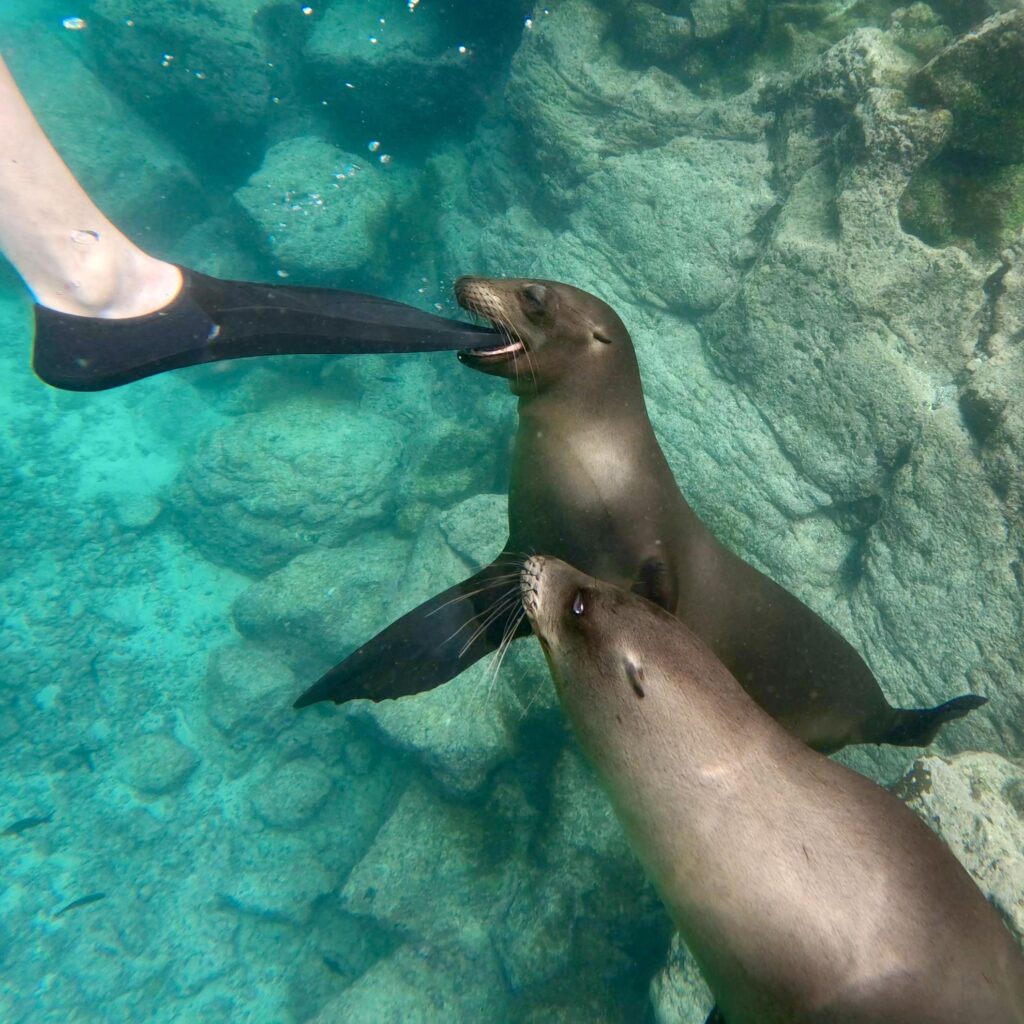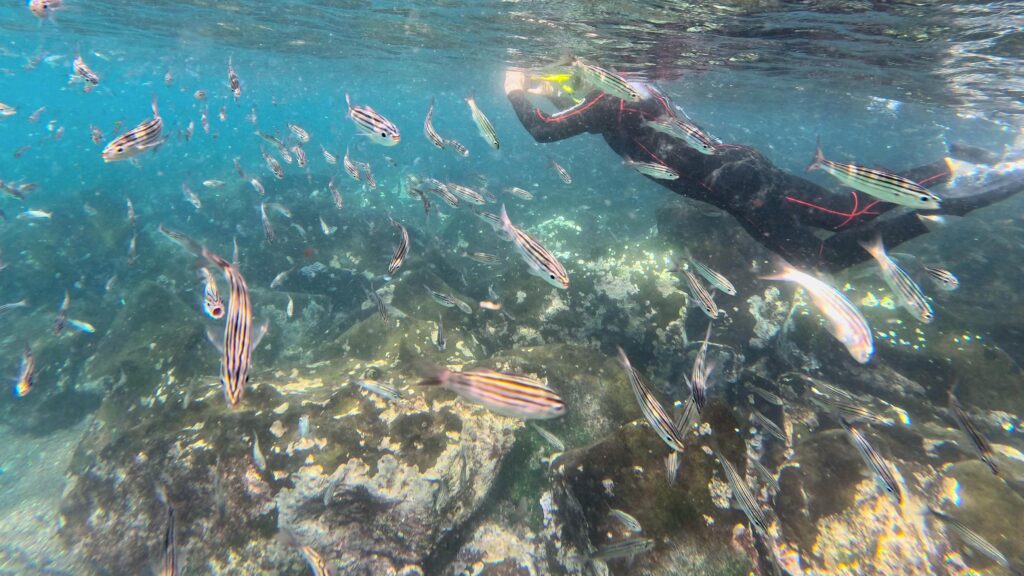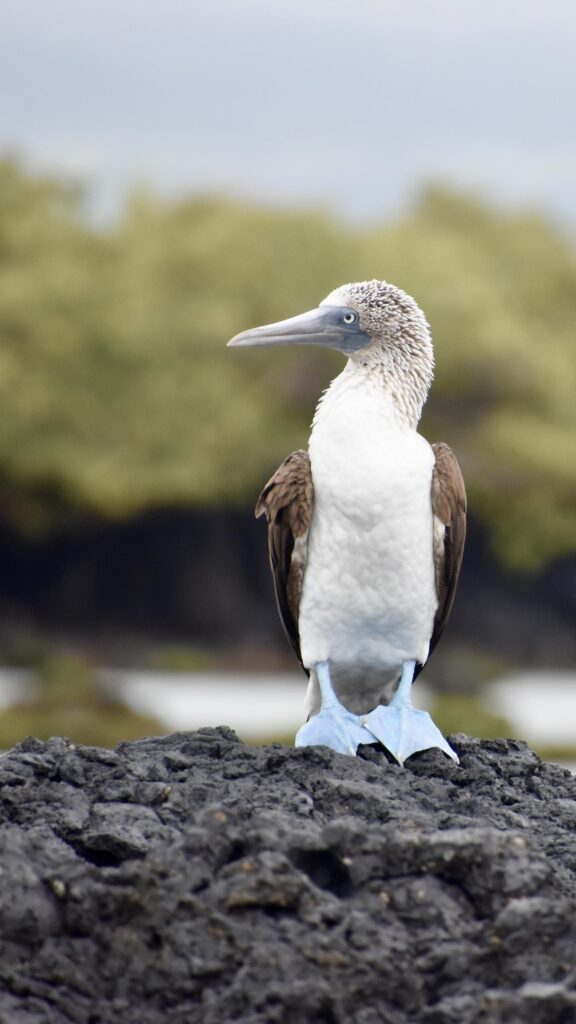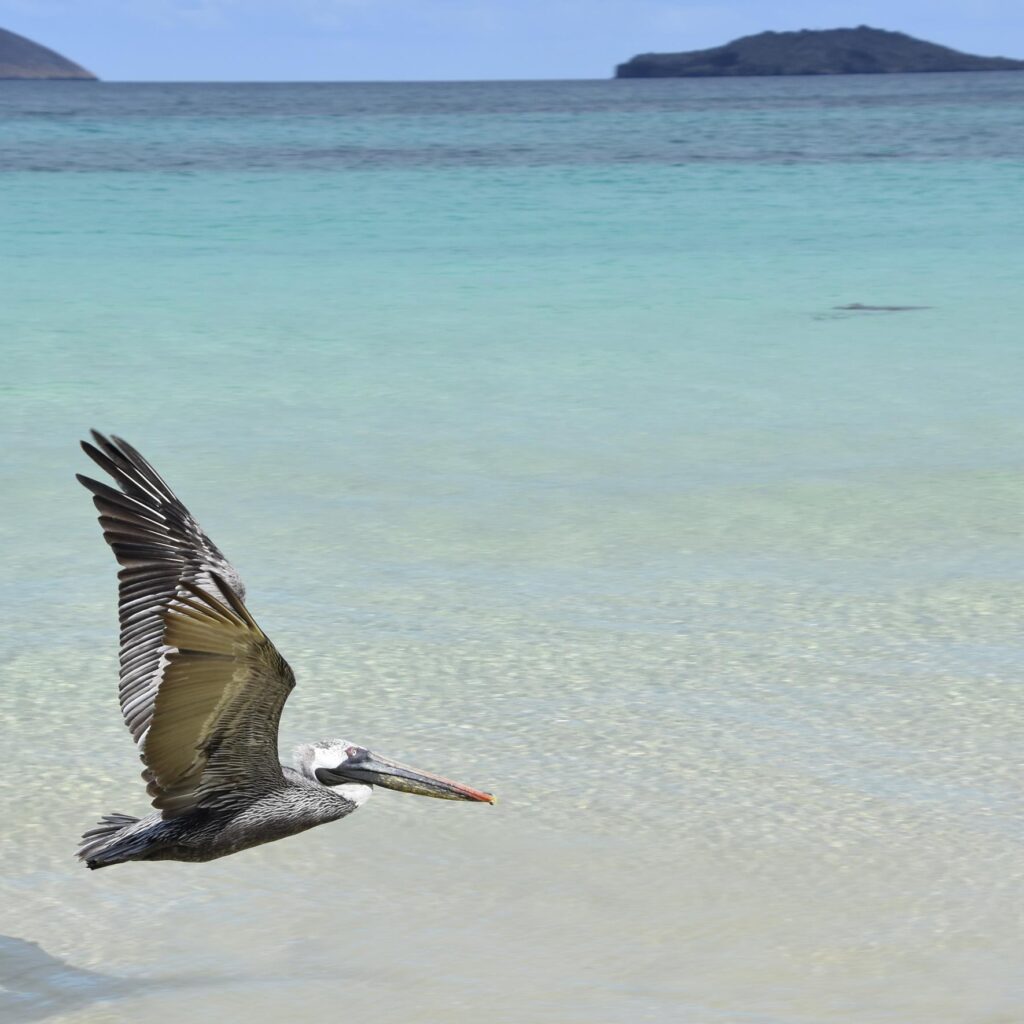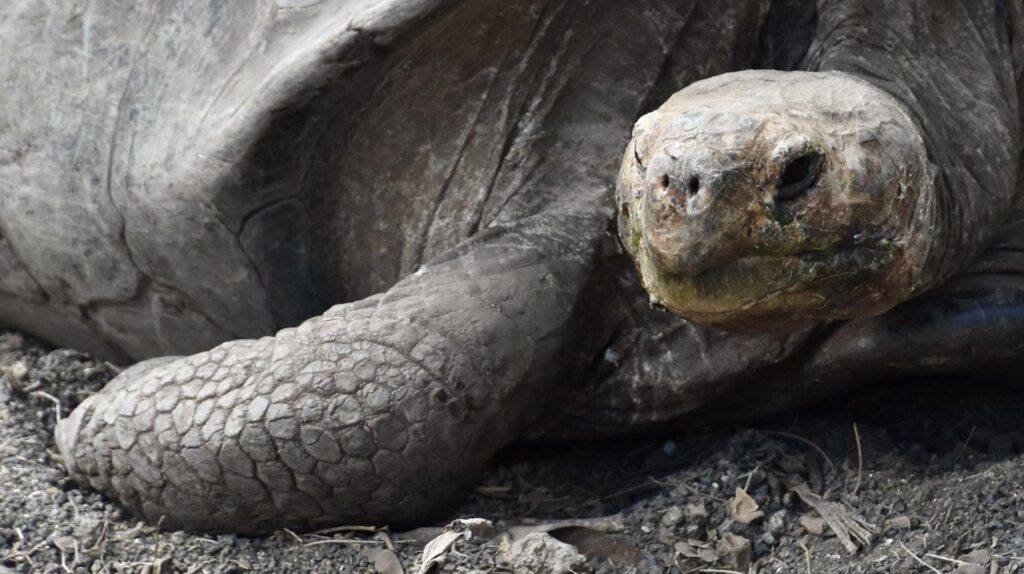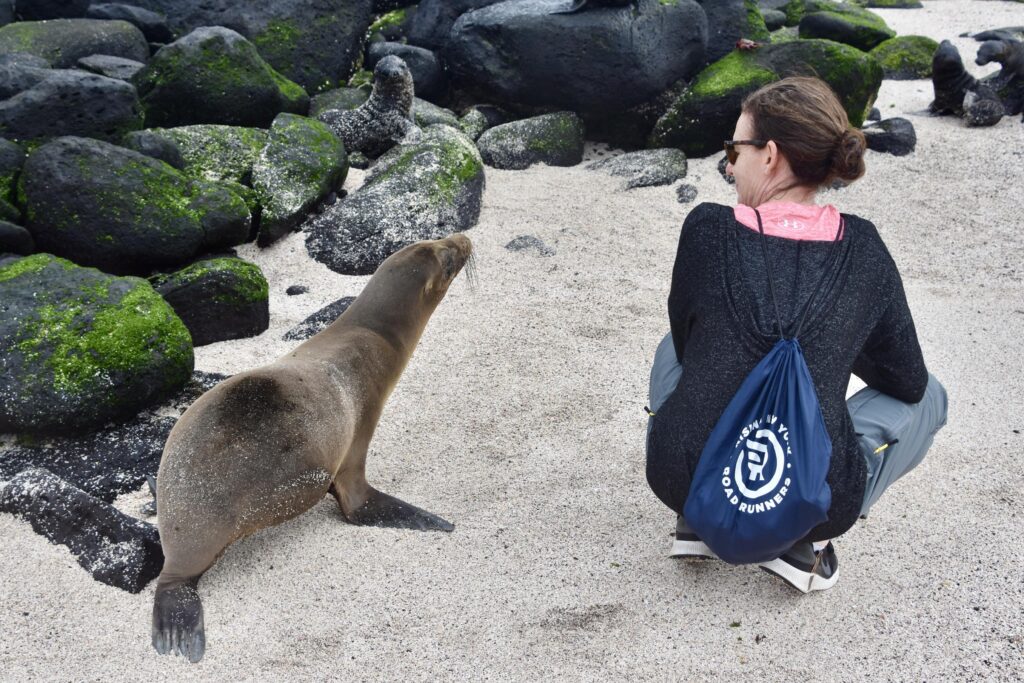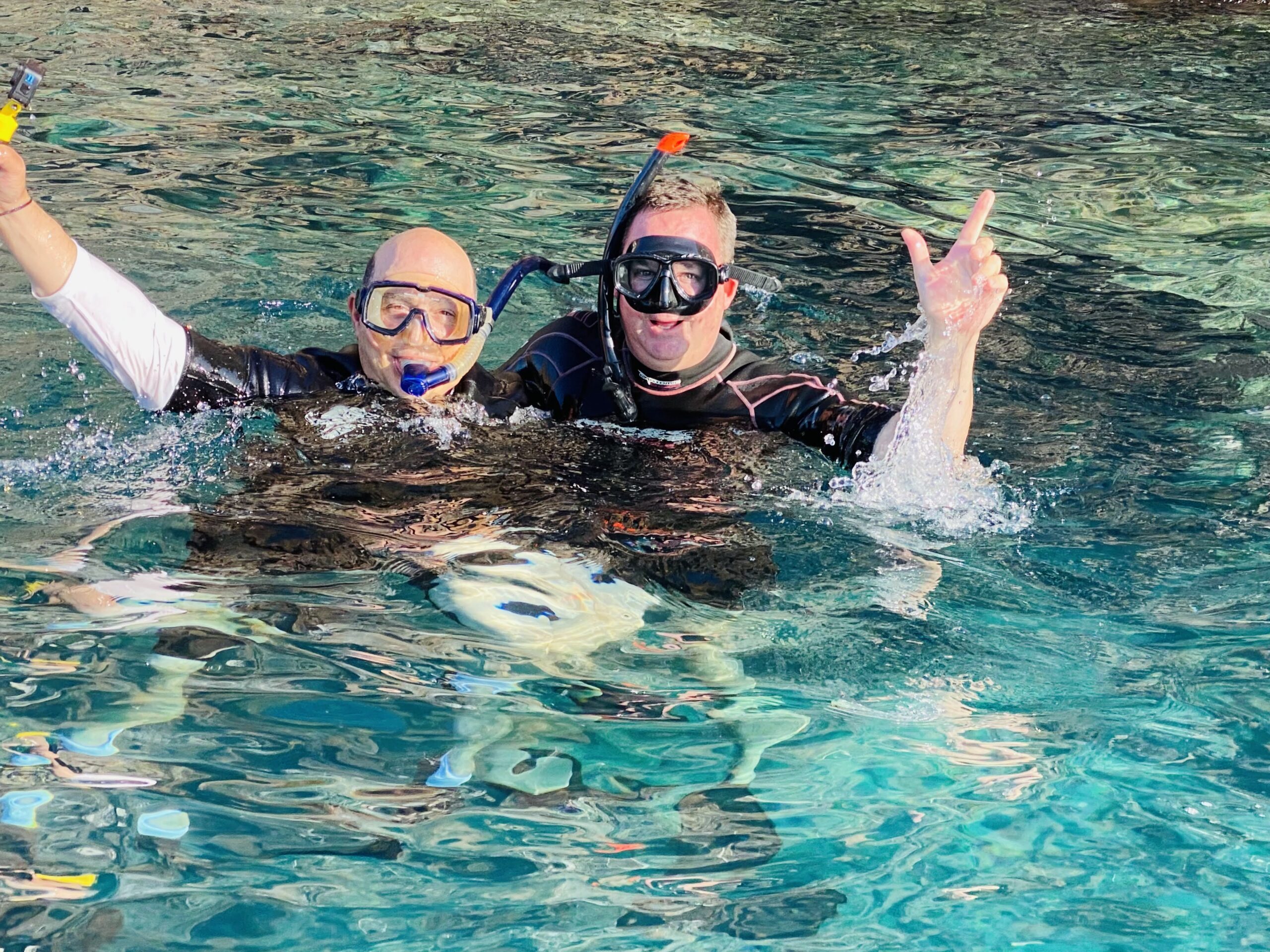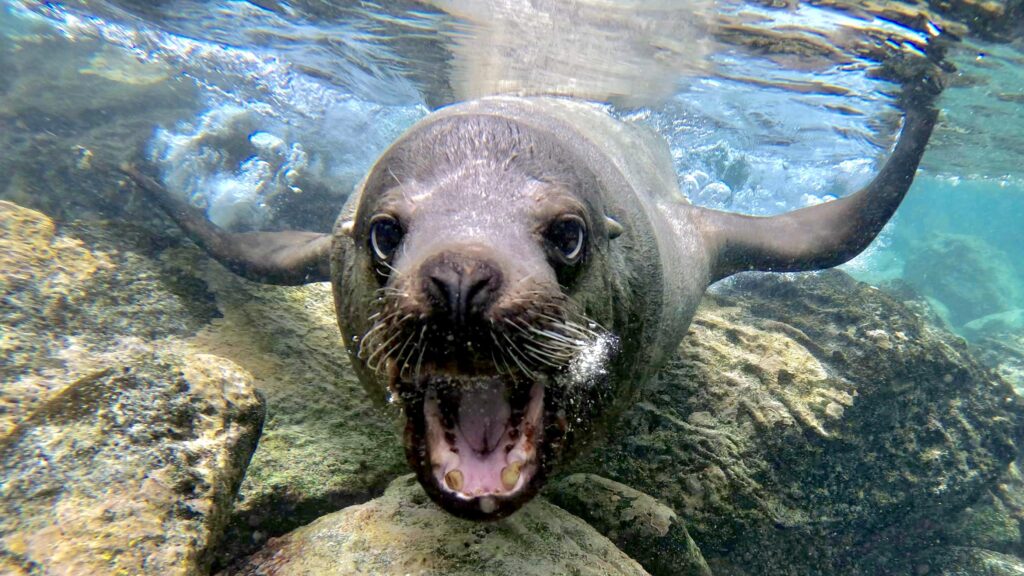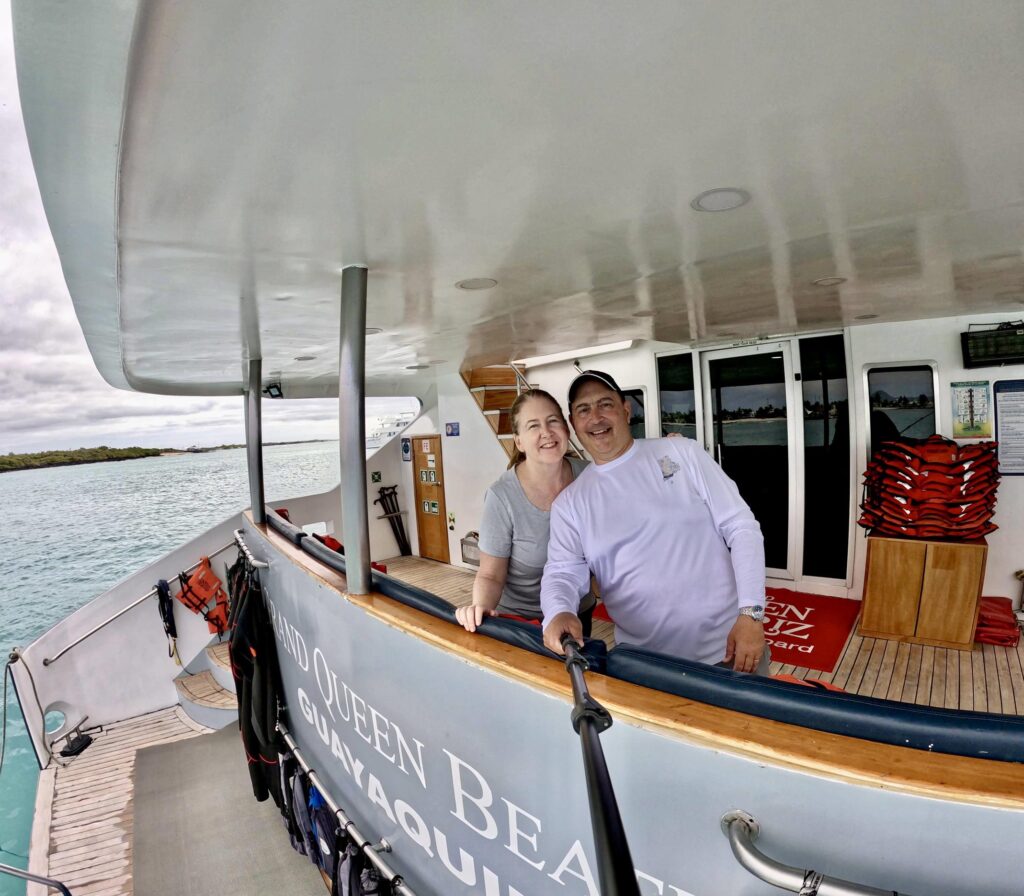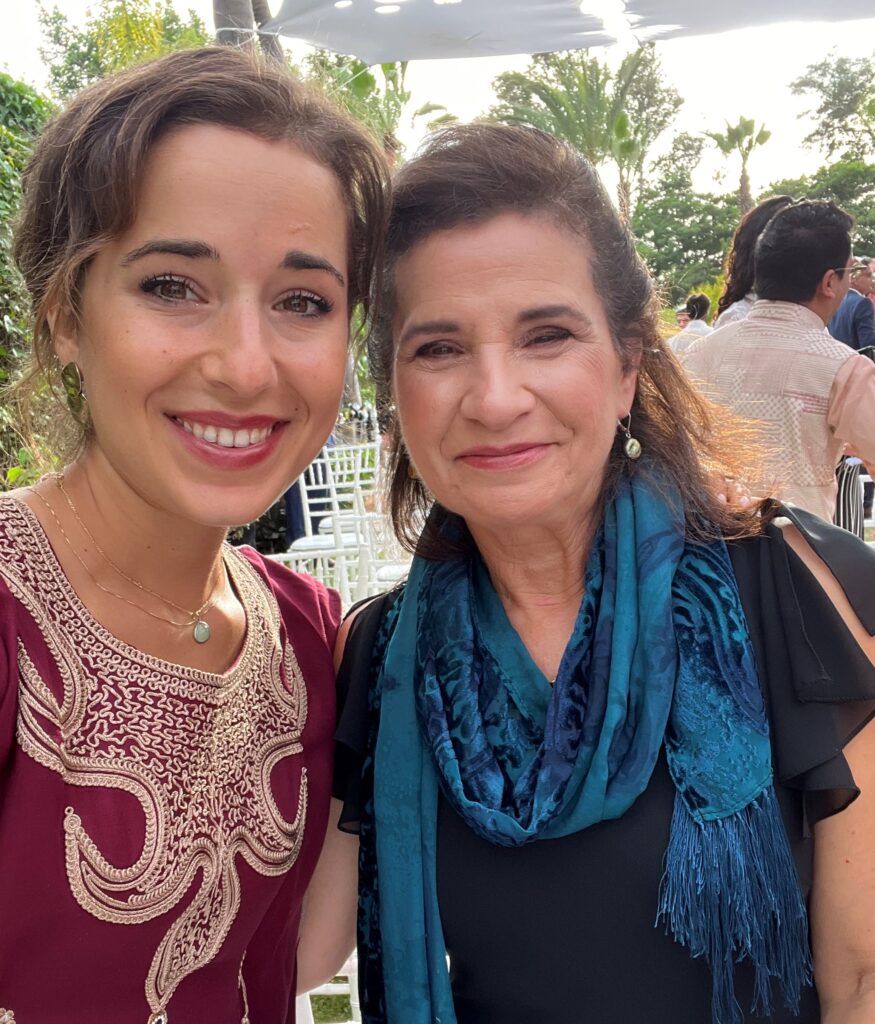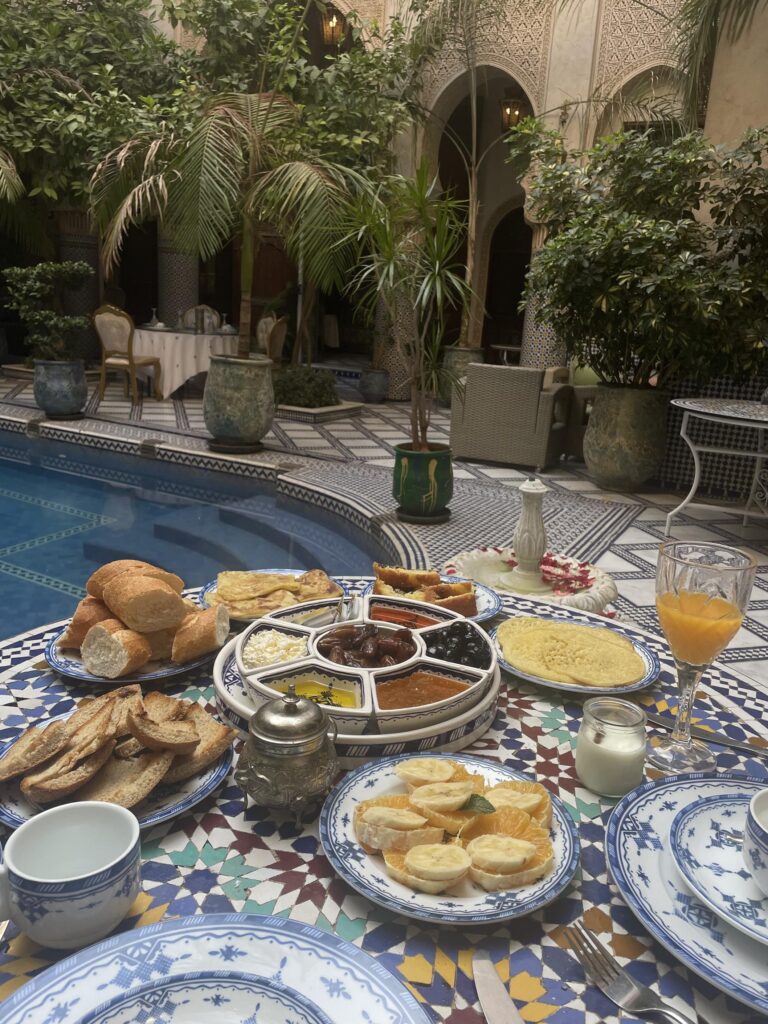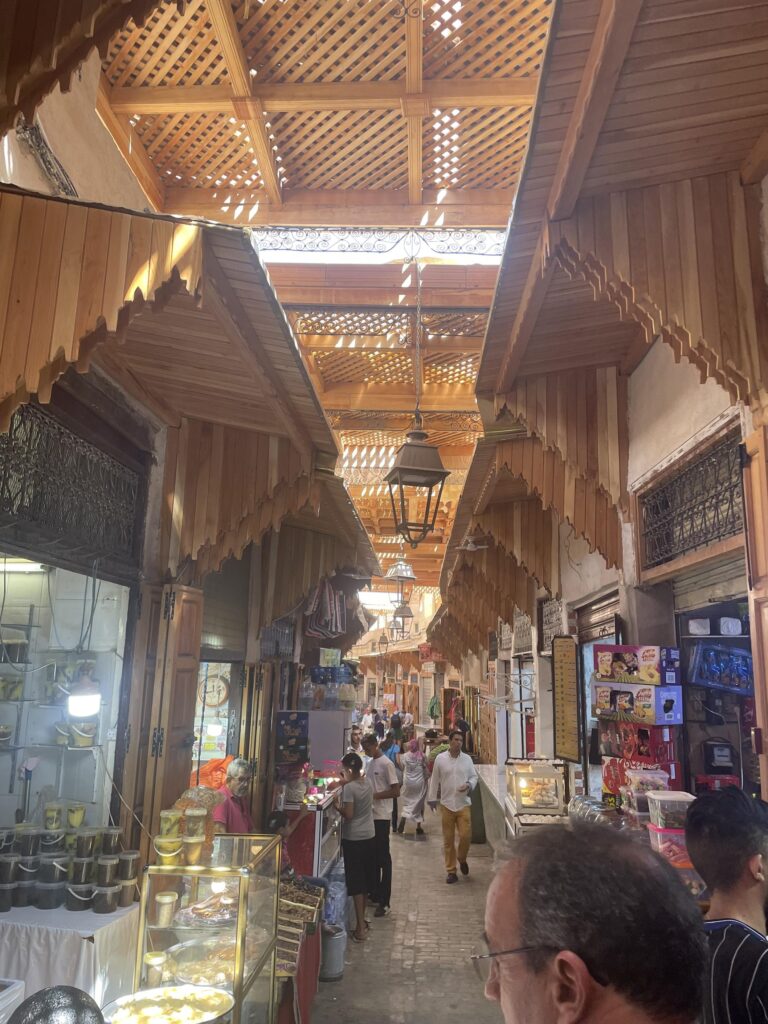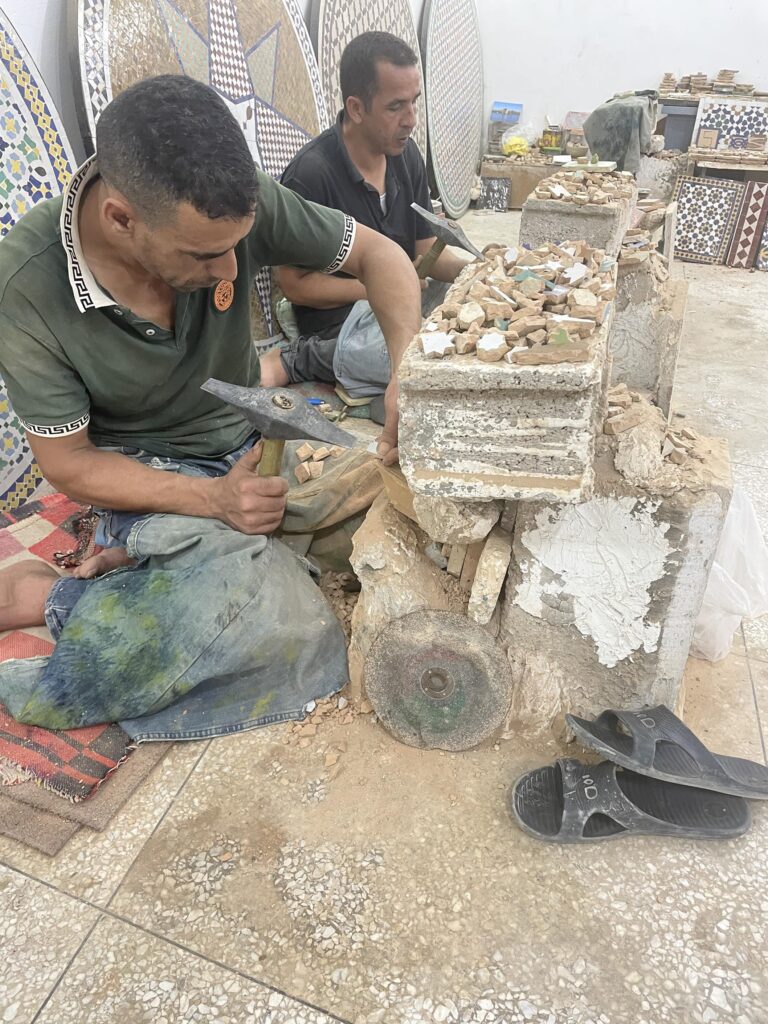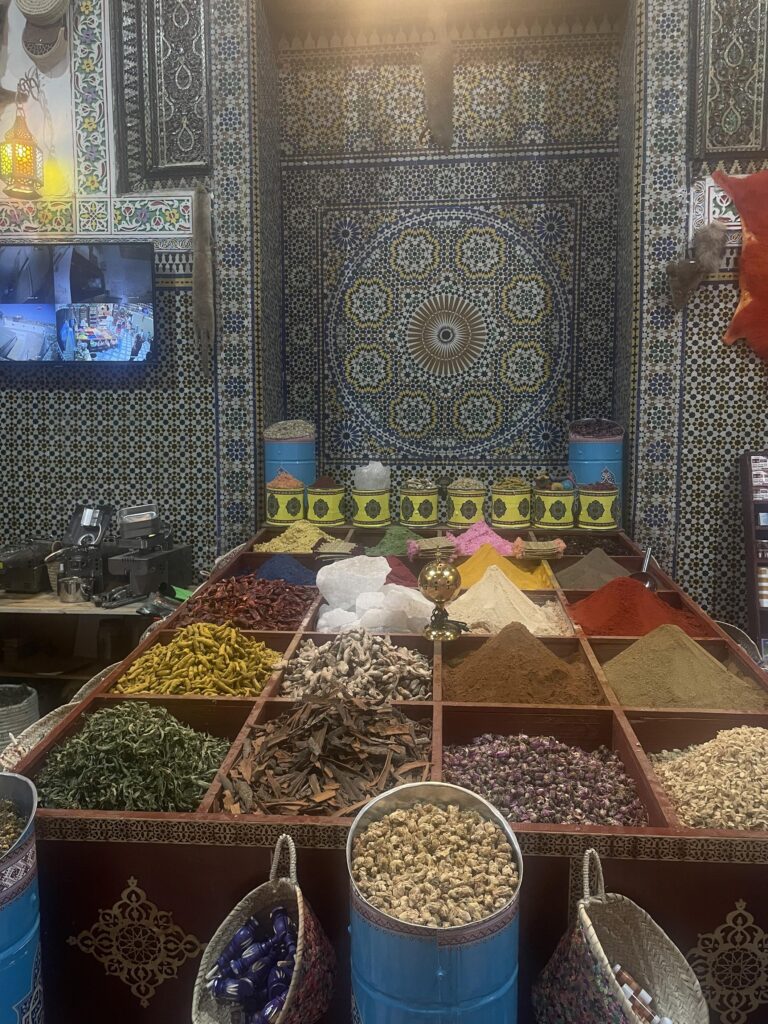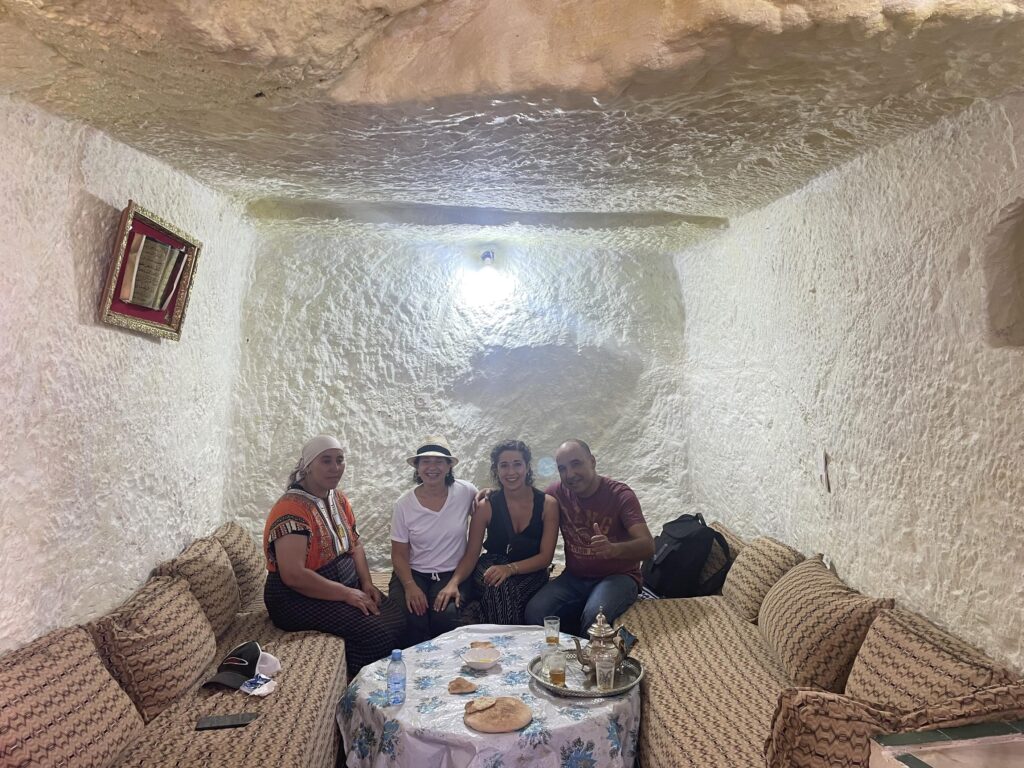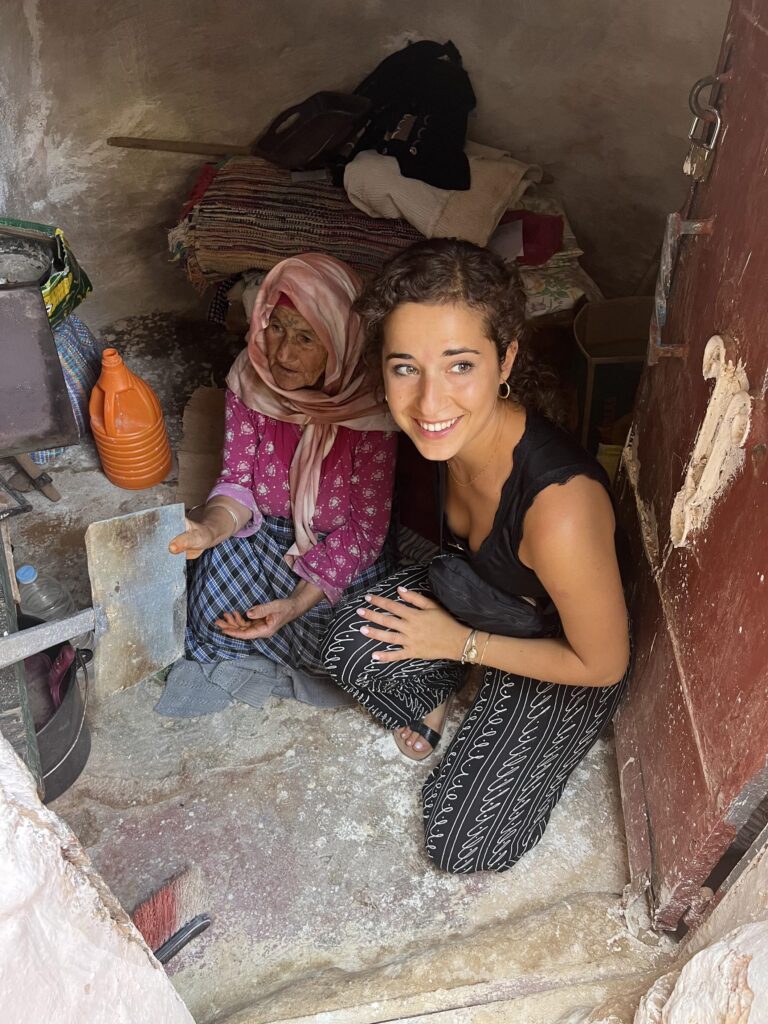
First time traveling to Europe? There’s a lot to consider for your first big trip abroad! If you’ve reached out to us to help you plan, you know most of the details are already taken care of. All that’s left is to pack, get on the plane, and enjoy your adventure! But even with a trusted travel agent by your side, it can feel a bit daunting heading to a completely unfamiliar place. Aside from preparing for the extra-long flight, what else do you need to know before you go? As seasoned European travelers, here are our top tips:
Packing
What to Pack: No matter where you’re going in Europe, you will be guaranteed to need three things: comfortable walking shoes, layers, and adapters. Your favorite dress shoes might look amazing, but if you’ve never walked farther than from the restaurant to your car in them, they need to stay home. Generally, the weather is constantly changing throughout the day. Fresh mornings give way to sweltering midday before cooling down again into beautiful evenings. To cover these changes you’ll need to bring some lovely light layers. Finally, you’ll need to select an all-purpose adapter to allow your US plugs to fit into a European outlet. Plus a converter if you’re bringing a US appliance (like a hairdryer) that can’t handle their stronger voltage.
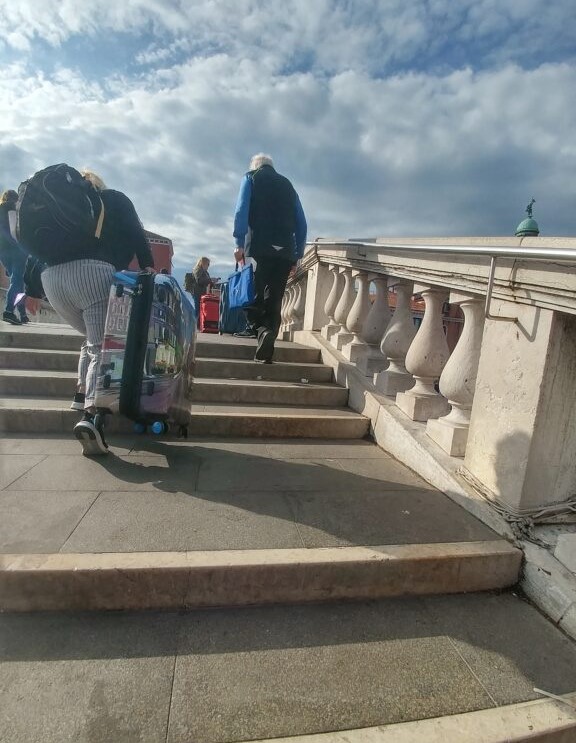
Pack Light: Even with careful planning, at some point on your adventure you’ll need to lift your suitcase. It won’t be over your head, perhaps just a small step into your hotel, up and over the bridges of Venice, or simply over the gap between the train and the platform. But you want to be sure you pack a suitcase that you can manage and maneuver. Check out our packing it all in a carry-on guide – even if you don’t plan on fitting it all in a carry-on, you’ll find some good tips to help you minimize.
[Photo Credit: Liz via Shared Adventures]
Important Items: Make sure you pack all medicines, important phone numbers, a change of clothes, and expensive items/ electronics in your carry-on bag. Anything you need in the first 48hrs goes in the carry-on in case your luggage is delayed or lost.
Your Phone
Check with your provider: Communicating while abroad is important – whether with other people in your group or with your friends and family back home. Or, if you need to access maps, use handy travel apps, post on social media, or check other internet info. Check with your mobile phone provider in advance to see what their international plan is, how to set it up, and whether it’s worth using.
Offline: If you decide you don’t want to use your provider’s international plan, you must put your phone into Airplane mode to avoid roaming charges. Even if you’re not actively using your phone, unless it’s in airplane mode, it’s using data. It’s also worth looking up how to download offline maps. This will help you so much when you’re jumping from wifi to wifi.
[Photo Credit: Angela Compagnone via Unsplash]

Connecting: Most crucially, when you’re abroad, you’ll need to dial the country code to contact anyone. Here’s how to do that (works for both iPhone and Android). Secondly, we cannot recommend WhatsApp enough. Everyone in Europe has and communicates through WhatsApp. That includes your tour guides, your drivers, and even some restaurants. Imagine trying to make a dinner reservation when you don’t speak the language. Instead of struggling to communicate, you type out the request in a translator app. Then, simply send the translation to the restaurant via WhatsApp text! Easy, simple, and with no misunderstandings! WhatsApp also works off of the wifi/ mobile data. So even if you decide not to set up an international plan, you can communicate!
Money Matters
Check With Your Bank: You’ll want to check your bank’s foreign transaction fees and currency conversion rates. Be sure to let them know you’re traveling so they don’t flag any card purchases by mistake. If you have a card that doesn’t charge foreign transaction fees (like a Capital One or Chase Sapphire) now is the time to use it! Also, be sure to bring a Visa/Mastercard since many places won’t accept Amex or Discover
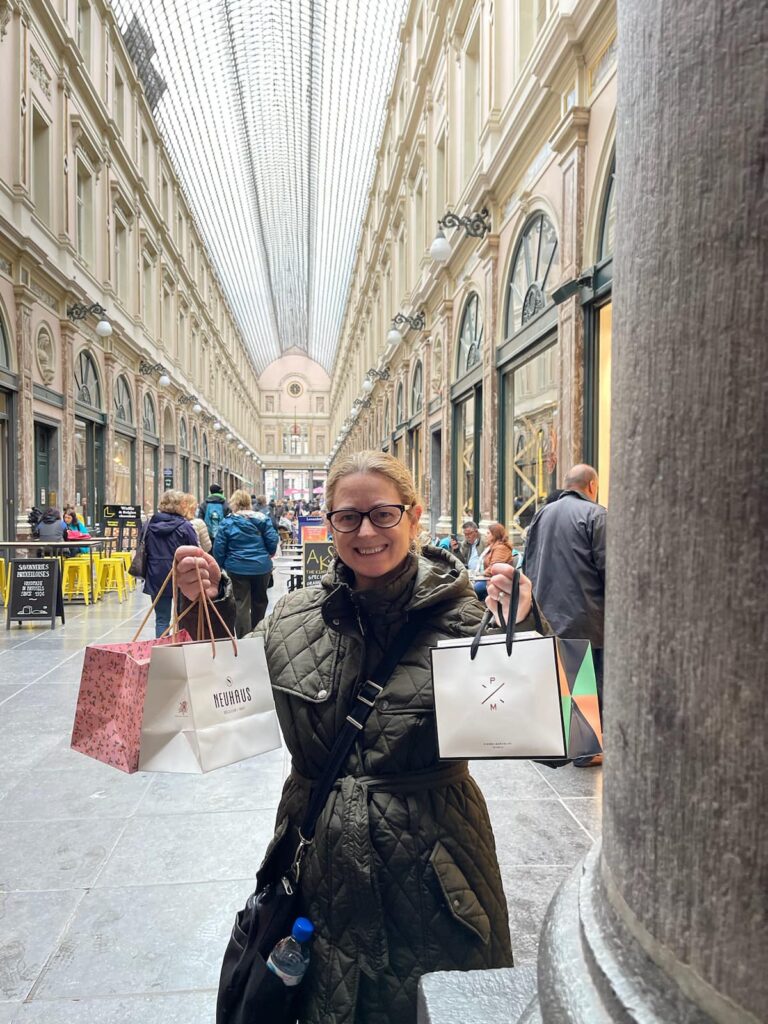
Cash vs Card: It’s not necessary to get a huge amount of foreign currency before you leave, but you’ll need some pocket money. The general rule is: anything under 10€ should be paid in cash. Some places won’t accept cards if it’s under 10€ and sometimes it’s more polite to pay for tips, taxis, cups of coffee, etc in cash. Plus, public toilets will only take 1€ coins. Remember: 1€ and 2€ are coins so don’t just get rid of “spare change”! For larger purchases in shops and restaurants, you can use your card to get the best exchange rate and some added protections.
[Photo Credit: Beth & Bob via Shared Adventures Travel – check out their Amsterdam, Brussels, and Paris Adventure here! ]
Tipping: While in Europe, resist the urge to tip the way you do in the US. In restaurants check to see if a service charge is already on the bill. If not, and if you’re inclined to tip, don’t leave any more than 10%. Tip tour guides and drivers 2€ -10€ per person. For taxis, you can round up to the nearest Euro. European service workers, in general, make a living wage and do not need/expect a generous American-style tip.
Cultural
Language: Of course, they speak a different language! In major cities, a lot of the service industry at least speak English related to their jobs. But it’s always nice for you to try to meet them halfway. Always try to learn “hello & goodbye”, “ please & thank you”, “ do you speak English?” and “Where is the toilet?” These all go a long way. Don’t forget all the signs will be in the foreign language as well! Luckily, in transport areas like train stations and airports, you’ll often see English in small letters underneath.
Dining Times: Throughout most of Europe the dining times are more specific. Many places, especially in Italy, Portugal, and Spain, close down for an afternoon siesta between 2:30 pm – 7 pm.
To avoid only finding sad sandwiches for lunch, make sure you’re getting lunch before 2 pm. Similarly, many restaurants don’t serve dinner until 7 pm. Certainly, there are a few open earlier, and in big cities, some are open all day. However, you’ll limit your choices if you’re trying to eat dinner before 7 pm.
[Photo Credit: Hilary and Zackary via Shared Adventures Travel — read about their Rome & Amalfi Coast Honeymoon here!]

Finally, in Europe, water doesn’t come automatically to the table. If you want water, you’ll have to order it and it usually is only available by bottle without ice.
Rooms: Unless you’re booking a suite, most of the hotel rooms and beds tend to be smaller than typical American standards. And that includes the bathrooms.
Safety
Be Informed: To keep yourself informed, you can enroll in the Smart Traveler Enrollment Program (STEP). This is a free service that allows you to pre-register your travel plans with the US State Department. This way, they can keep you informed of safety conditions at your destination(s). Plus, the US Embassy will know how to reach you in the event of an emergency (including a family emergency at home). To enroll in STEP, visit https://step.state.gov/step/. To keep others informed – make sure you leave a full itinerary with a reservation number with a friend or family member.

Keep Tabs on your Belongings: As with any crowded city or location, you want to make sure to keep an eye on your belongings. Don’t leave your phone in your back pocket, and have a bag that goes across your body and has zippers/ multiple pockets.
[Photo Credit: Kim & Paul via Shared Adventures — read about their Paris Adventure here!]
Standard Precautions: Even though you are on vacation, please follow the same health/safety precautions you would if you were closer to home. Don’t drink to excess (especially in the hot sun), and never leave a drink unattended. Don’t wander around alone at night; practice the buddy system. Lock your hotel room windows and doors (and use the deadbolt provided, or bring an inexpensive door wedge or travel lock of your own). Leave expensive jewelry and electronics at home, and keep valuables in a safe and secure place (such as the in-room safe). If you run into legal trouble or are the victim of a crime, reach out to the nearest US Embassy for assistance. Your rights/responsibilities are different in foreign countries.
While there will always be new things to discover on each adventure you take, we hope this blog has helped you feel more prepared to tackle your first big trip abroad! Now you’re ready to step off the plane and enjoy your European Adventure stress-free. Bookmark this page for later and if you would like some help planning your next adventure let us know!
